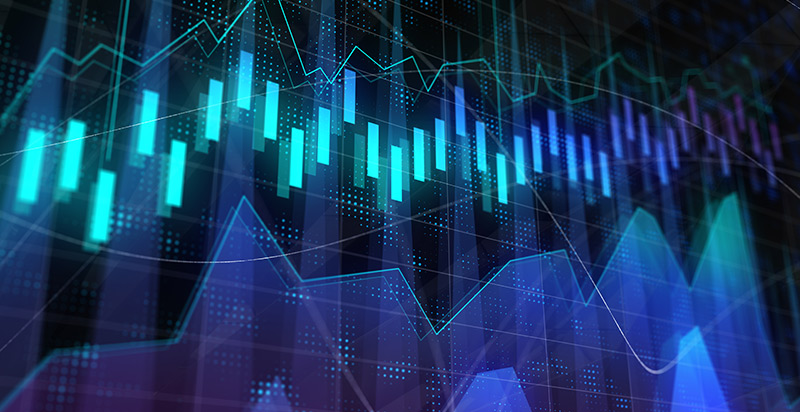Why Does Technical Analysis Work?

Have you ever wondered what makes technical analysis of a market really work? Take support and resistance levels for example. If you observe that the EUR/USD is struggling to get past the 1.17 level, is there some magic ceiling there that is preventing the price from moving through it…?
Or when you see a head and shoulder pattern in the market and the price drops like a rock. Or how about that trade you took right before price was hitting a major support level, but then all of a sudden, the support didn’t work anymore and price fell right through it.
Despite it sounding very scientific, technical analysis should really be considered more of an art. The reason for that is that it doesn’t tell us what will happen, but rather what could happen if other traders are thinking the same as we do.
Human Psychology
As traders still (for the most part) are humans, human psychology plays a big role in how the markets behave.
First of all, as humans we tend to remember and attach great importance to round numbers. As you probably already know, there is nothing magical about round numbers that make them always work. It’s just that our brains tend to remember them, and thus they function as floors and ceilings in markets where humans operate.
Secondly, human traders, unlike robots, attach feelings and emotions to past prices. What I mean by this is that we will evaluate current prices based on what prices have been in the past, and then deem the market as either “cheap” or “expensive” based on that.
Although this is not necessarily a rational approach to valuing any kind of asset, humans are pretty good at it and it only works because everyone else is also doing it. This is the exact reason why markets tend to bottom out at exactly the same levels as it has done many times before. Or why it seems so difficult to break through the level set by a previous top in the market. It is how support and resistance levels are born!
Lastly, we all know that humans don’t like to lose face and we therefore have an inherent fear of missing out (FOMO). As a consequence of that, we sometimes make decisions in the market that would normally seem irrational. For example, when we see someone else has made lots of money, we automatically think that there must be an opportunity for us to also get in there and make some money, even though we now need to pay a much higher price for the same asset. More and more traders are thus jumping on assets that are already moving up in price. This is how trends are born.
The Power of Confluence
Because technical analysis depends not only on what we think, but what other traders also think, confluence becomes such a powerful concept.
The thing in trading is that traders all follow their own unique trading strategies. While some are looking at the moving averages for guidance, others like to follow the RSI for clues on when to buy and when to sell. Others again may focus on the MACD, Bollinger bands, or even more obscure indicators.
Confluence in trading occurs when we have more than one indicator signalling a particular action at the same time. For example, the reliability of a signal from the RSI indicator would be significantly better if the Stochastic indicator also gave the same signal at the same time. That way, we would know that there are more traders that are likely to jump into the trade, potentially creating a self-fulfilling prophecy.
When there isn’t a lot of confluence, however, we could see one indicator give a buy signal while another gives a sell signal. As a result, the market reaction will be mixed with no clear price direction. These are the situations we want to avoid as traders.
Mastering a strategy that relies on inputs from a few non-related technical indicators is therefore what creates long-term success as a trader. Refine your strategy to single out only the very best trades for you to take. Remember that you don’t have to take every single trade, but instead learn how to spot the best ones. Once you have mastered this skill with your trading strategy, chances are you have already become a consistently profitable trader.






































